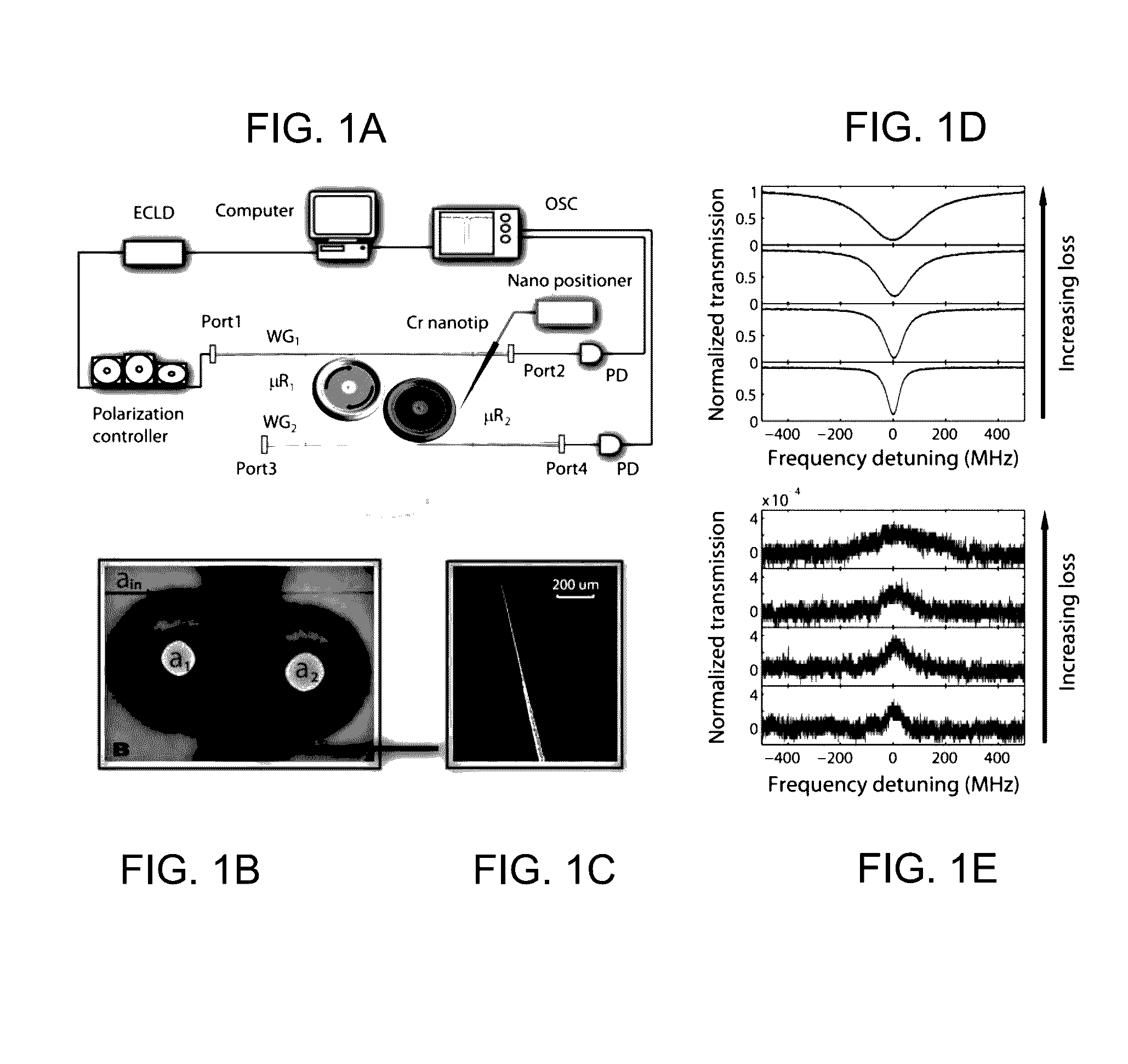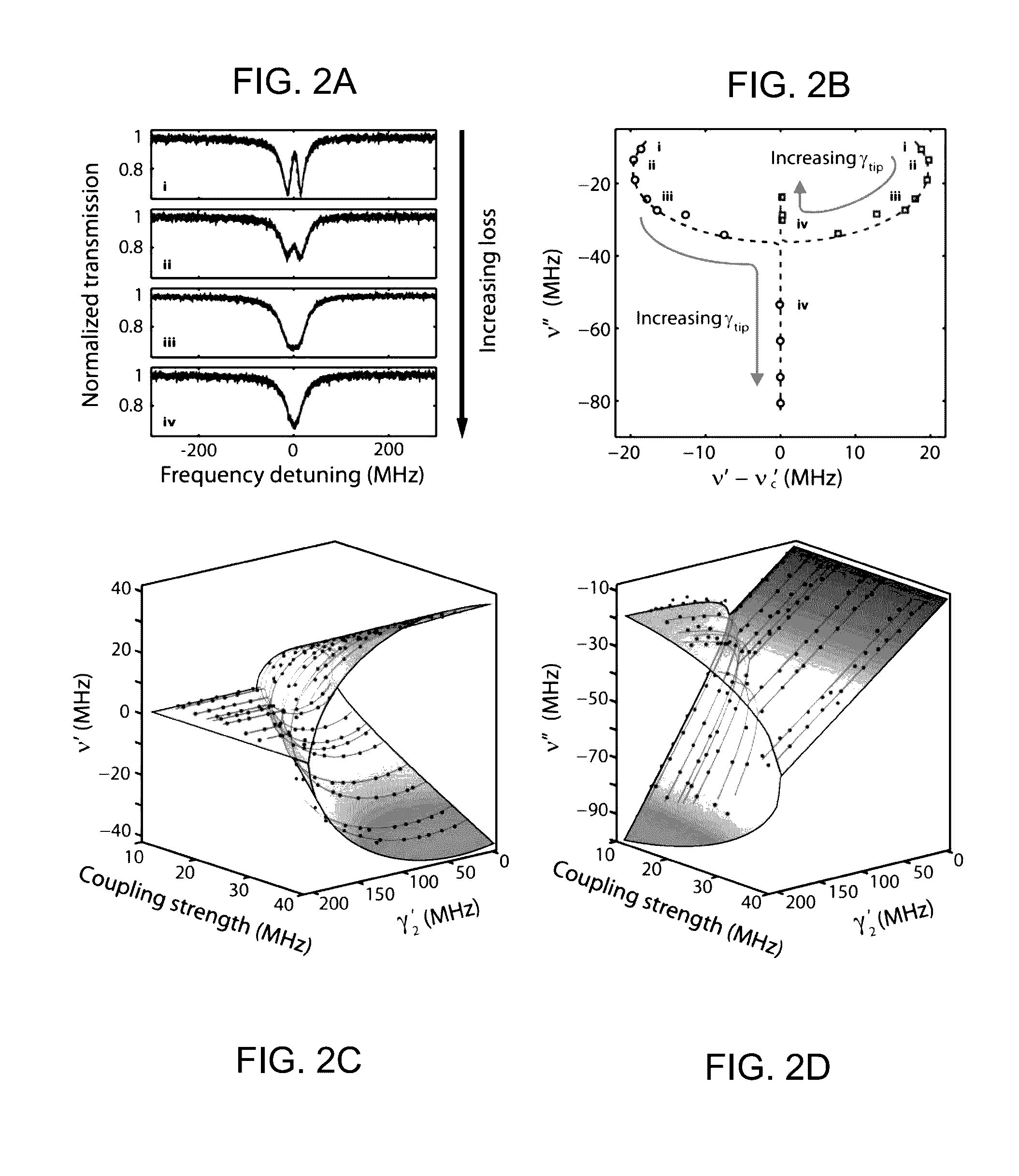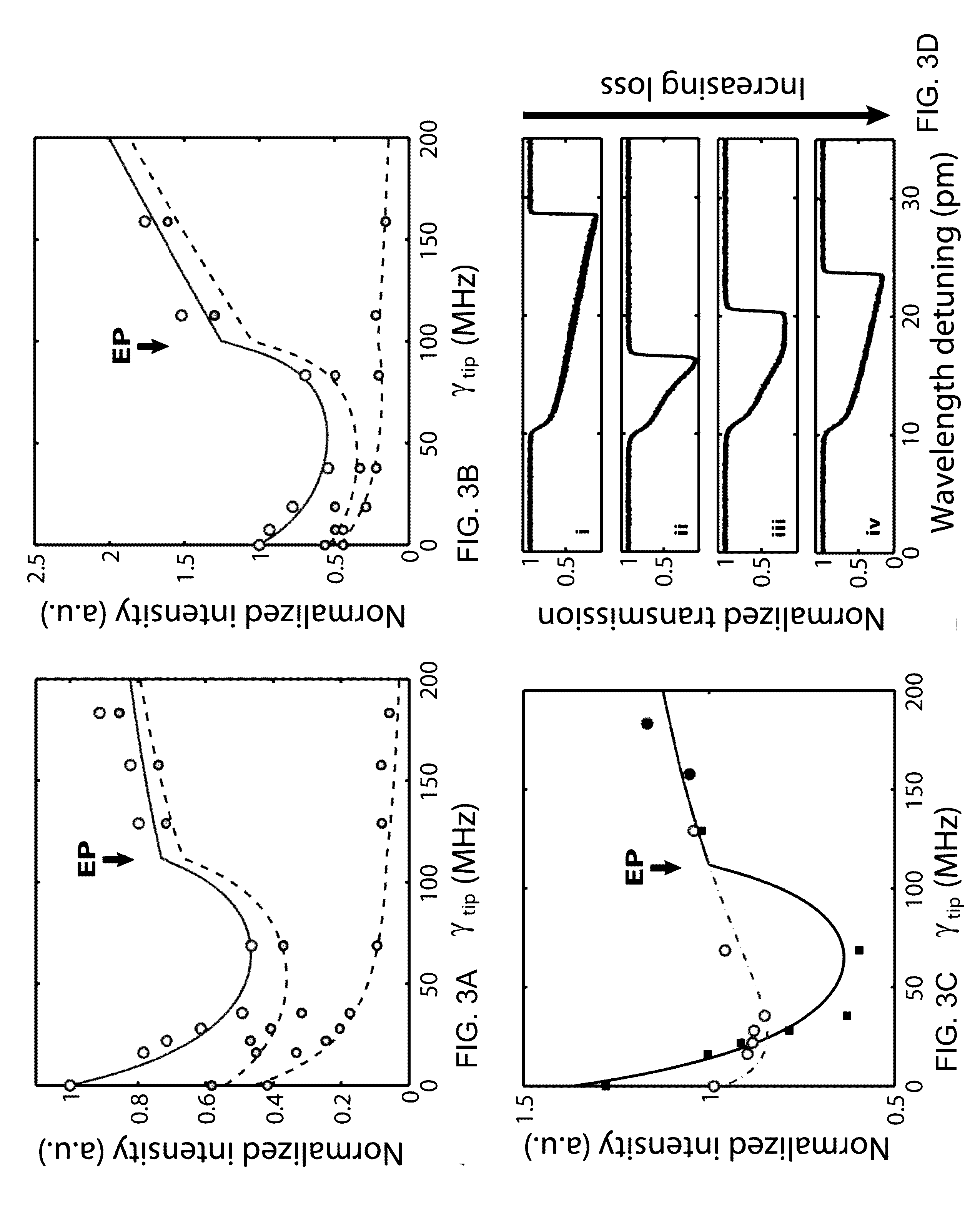Loss engineering to improve system functionality and output
a technology of loss engineering and physical systems, applied in the direction of lasers, basic electric elements, laser details, etc., can solve the problems that loss can be a problem in any physical system, and achieve the effect of suppressing physical processes and enhancing physical processes
- Summary
- Abstract
- Description
- Claims
- Application Information
AI Technical Summary
Benefits of technology
Problems solved by technology
Method used
Image
Examples
Embodiment Construction
[0023]According to the embodiment(s) of the present invention, various views are illustrated in FIG. 1-5 and like reference numerals are being used consistently throughout to refer to like and corresponding parts of the invention for all of the various views and figures of the drawing. Also, please note that the first digit(s) of the reference number for a given item or part of the invention should correspond to the Fig. number in which the item or part is first identified.
[0024]One embodiment of the present technology includes steering parameters of a physical system to the vicinity of an exceptional point (EP), which teaches a novel system and method for engineering loss into a system to improve system functionality.
[0025]Dissipation is ubiquitous in nature; essentially all physical systems can thus be described by a non-Hermitian Hamiltonian featuring complex eigenvalues and non-orthogonal eigenstates. Dissipation is the result of an inevitable and irreversible process that takes...
PUM
 Login to View More
Login to View More Abstract
Description
Claims
Application Information
 Login to View More
Login to View More - R&D
- Intellectual Property
- Life Sciences
- Materials
- Tech Scout
- Unparalleled Data Quality
- Higher Quality Content
- 60% Fewer Hallucinations
Browse by: Latest US Patents, China's latest patents, Technical Efficacy Thesaurus, Application Domain, Technology Topic, Popular Technical Reports.
© 2025 PatSnap. All rights reserved.Legal|Privacy policy|Modern Slavery Act Transparency Statement|Sitemap|About US| Contact US: help@patsnap.com



